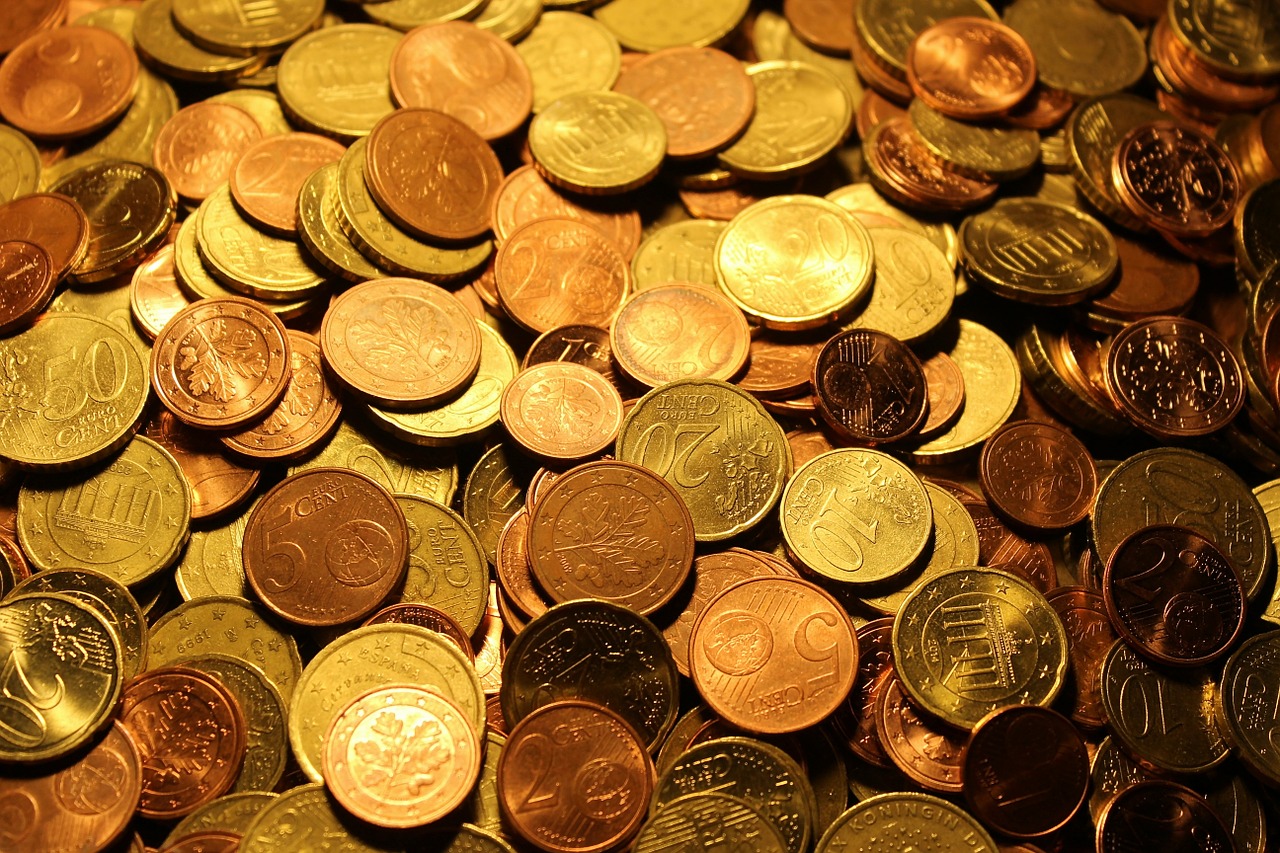Bloomberg: Tether migrates to more blockchains to increase encryption market risk
As the main trading token for many large cryptocurrency exchanges, the controversial stable currency Tether (USDT) is becoming a new trading tool for blockchains that support digital assets.

Bloomberg believes that moving from the dominant Bitcoin and Ethereum platforms to other blockchains may make it more difficult for investors to track transactions, thus violating the key principles advocated by cryptocurrency advocates.
"Tether has a history of confusing transactions," said Edwin Ong, co-founder of San Francisco-based digital asset analytics provider Blockspur. “Because they use different blockchains, it’s hard to figure out what’s going on.”
- UK FCA publishes the final guide to cryptographic assets, clarifying its jurisdiction
- 5G, blockchain acceleration, the era of intelligentization, how to do the core axis of mobile payment?
- Read the blockchain group that struggles with US regulators | Long text warning
Tether is a stable currency. It is used as a pool of funds for liquidity, as it is difficult for exchanges to obtain banking services due to regulators’ concerns about cryptocurrency exchanges involved in money laundering and other illegal activities. Tether claims that each stable currency is supported by one-to-one currency in dollars or euros, but the parent company of the Tether and Bitfinex exchanges stated in court documents earlier this year that their reserves only accounted for the amount of tokens issued. 75%.
However, this did not affect the popularity of Tether. On July 29th, Tether joined Bitcoin's sidechain Liquid Network, which was used by exchanges and market makers to settle transactions. Earlier this year, Tether was added to the Tron network in March, and then debuted in May on the EOS network that many analysts could not track. It also has its trace on the Algorand blockchain.
The privacy features of some blockchains may make it more difficult to perform independent analysis of Tether. For example, Liquid's encryption feature can hide the type of cryptocurrency sent, so it is impossible to determine whether the cryptocurrency is Tether or Bitcoin.
According to Coin Metrics, a cryptocurrency data provider, Tether accounts for 40% and 80% of all transactions in the world's two major exchanges, Binance and Huobi. Stabilizing coins have also become a barometer of bitcoin price movements, speculators will pay attention to Tether's issuance, and Tether said that the issuance was made after large investors placed orders.
Messari research director Eric Turner said in an e-mail, "I think Tether is hedging the future development of blockchain networks. The marginal cost of launching Tether in the new blockchain is not high, it has the opportunity to First mover advantage is the preferred stable currency on these platforms."
John Griffin, a professor of finance at the University of Texas at Austin, claims that half of Bitcoin's gains in 2017 were the result of market manipulation by Tether, and he said the stable currency is still a mystery.
“It’s really harder to track when using cryptocurrencies on different blockchains,” Griffin said. "I don't know why Tether did this. Maybe it's to increase the speed of the transaction and the difficulty of being tracked."
Image source: pixabay
By Xiu MU
This article comes from the push bitpush.news, reproduced need to indicate the source.
We will continue to update Blocking; if you have any questions or suggestions, please contact us!
Was this article helpful?
93 out of 132 found this helpful
Related articles
- Interesting step: You can make money by walking, and who is earning money?
- Babbitt exclusive | imToken built-in DEX upgrade independent, August will have heavy news release
- Bakk missed the opportunity! LedgerX Announces First US Physical Delivery Bitcoin Futures Contract
- Bitcoin is up, other currencies are still falling, and the "artificial bull market" is coming to an end?
- Lawyer's Comments: The risk of opening a group of speculative coins is high, investors are advised to be deceived by high-yield appearances.
- These 3 pictures show you how to track the movement of Bitcoin whales.
- The mining circle group went to the US to go public, and the mining machinery company came after the mine.





